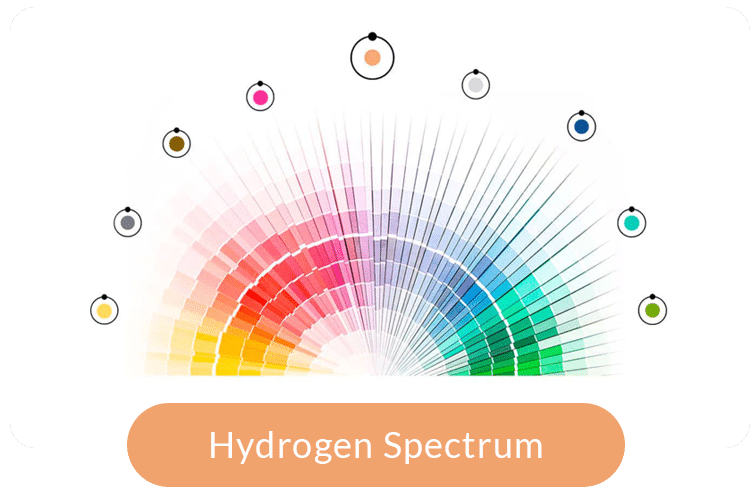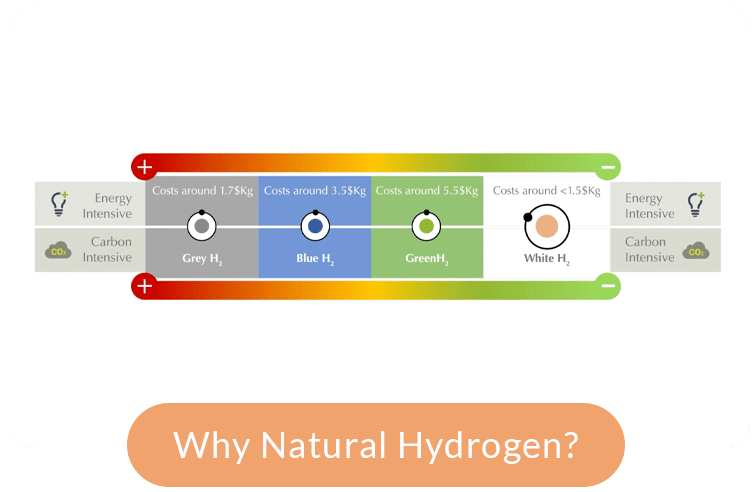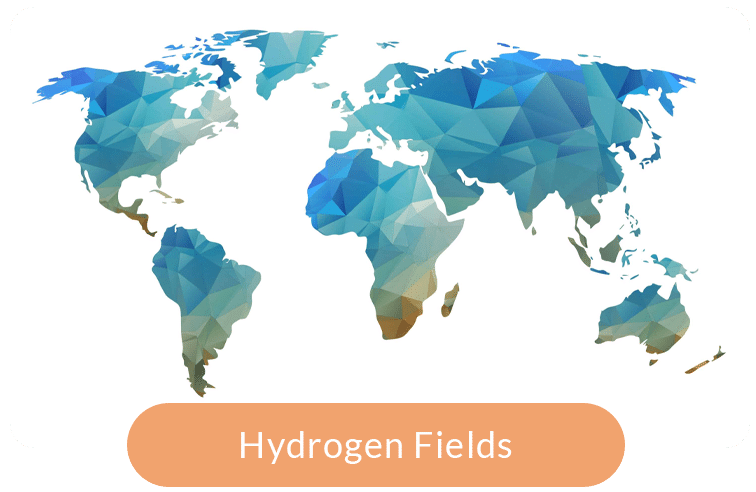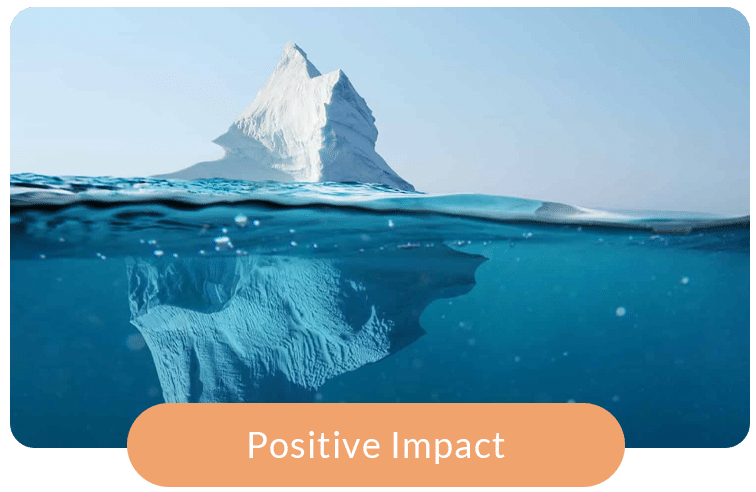Sifting through the science and fiction in the hunt for nature´s treasure

Pirates of the Caribbean’s Jack Sparrow was on the money 20 years ago. In the unprecedented and relentless quest for a transition away from fossil fuels, hydrogen has dominated the conversation over the last few years.
Indeed, in his 1875 book The Mysterious Island where Jules Verne uncannily predicted that hydrogen would constitute an essential source of energy, he also wrote, “There is, therefore, nothing to fear. As long as the Earth is inhabited it will supply the wants of its inhabitants”.
Ipso facto, we tend to think of any source of energy that comes from natural elements, namely sun, wind and even water, as inherently good. Solar and wind are here to stay, despite not indifferent limitations of unreliability, energy volume dilution and environmental impact, hydrogen it seems, holds much more promise: an elegant way of storing energy; an ideal fuel; and even the missing piece of the puzzle in realizing food security?
It´s difficult not to get caught in the excitement.
Despite hydrogen’s own current limitations such as storage, conversion and transportation issues that have yet to be solved, the ubiquitous gas is widely accepted as the best solution to decarbonize entire industries. Most hydrogen produced today, however, is still created through steam methane reforming, which in turn releases a huge amount of CO2 equivalent emissions into the atmosphere. This notwithstanding, investment in new clean hydrogen projects has reached the impressive amount of USD 320 billion, according to the Hydrogen Insights report published this month, increasing by 35% in the past eight months.
For the most part, most ‘advanced-stage’ projects are green hydrogen projects, or the production of hydrogen through water electrolysis.
But in the hydrogen rush, there is an entirely new seventh contender, namely, natural hydrogen. This hydrogen is naturally present in the earth´s subsurface. Not only that, it is present in enormous volumes. Natural hydrogen is having its own renaissance. For many today, it feels like a new discovery, but it was first documented in 1888 when Dmitri Mendeleev, the father of the periodic table, reported hydrogen seeping from cracks in a coal mine in Ukraine.
In 1910, Ernst Erdman documented, over four years, a huge flow of naturally-occurring hydrogen in Strassfurt, Germany. Yet, natural hydrogen is only now capturing the interests of scientists and explorers, after Aliou Diallo, chair of a company Hydroma (previously known as Petroma) and his colleagues wrote an article in the International Journal of Hydrogen Energy in 2018. In this seminal article, the authors talked about how an accidental explosion led to the discovery of a very hydrogen-rich aquifer in Bourakébougou, Mali, and how they managed to flow the natural hydrogen to the surface in commercial quantities.
Since then, the number of papers on natural hydrogen has exploded. Interest and exploration efforts have grown exponentially over the last few years. In February 2021, South Australia expanded its oil regulations to allow drilling for hydrogen, and third of the state is already covered by natural hydrogen exploration permits. In other places, such as Europe, the legal framework is less clear, but the landscape is evolving fast. Natural hydrogen is sometimes also referred to as ‘white’, ‘geologic’ or ‘gold’ hydrogen, with the latter evoking memories of the frenzied gold rush of the 1900s.
It’s, by nature, the smallest wholistic environmental footprint and probably the most economically viable global hydrogen solution. Hydrogen available in large enough quantities to be extracted cost-efficiently would completely change the economics of a potential hydrogen economy, thereby finally making it a reality. More than that, natural hydrogen would legitimately qualify for the ‘clean’ and ‘renewable’ labels in their truest sense.
Clean, because natural hydrogen can it be used to produce energy without harmful emissions, but it also makes the most of existing resources because it does not have massive fresh water, infrastructure, or energy requirements. Also according to the most relevant definition of a renewable energy source “something that can be re-generated naturally at a faster rate than it can be used”, natural hydrogen can be termed renewable.
Why has it been ignored for so long then? In part, because it is extremely light and difficult to detect. In the words of Geoffrey Ellis, an organic geochemist at USGS,
“We weren’t looking in the right places with the right tools”
For a long times, geologists have focused on finding oil and, later, natural gas.
Last year, Ellis presented a model for global subsurface natural hydrogen resource potential. Based on oil industry experience, this simple box model works under the assumption that only 10% of all natural hydrogen accumulations might ever be tapped economically. Just this 10% could, however, satisfy world demand for thousands of years.
And this is only the start. In many ways, the current state of things resembles the beginnings of the Oil and Gas industry 160 years ago. Furthermore, hydrogen exploration has a very strong synergy with O&G production. With expertise and equipment built for the exploration, production and transportation of fossil fuels potentially vanishing as renewables and energy alternatives play a greater role in the net zero transition, natural hydrogen production and exploration, may well throw them a lifeline.
Side by side with a push for exploration efforts, what is still needed is extensive and thorough research. There is still much to learn about natural hydrogen generation and behavior, its inevitable loss mechanisms and extraction possibilities. More than 30 different mechanisms and processes of hydrogen production have been proposed in the literature. There seem to be differing views. Experts must first work together to understand fully where and how this potentially invaluable resource is created.
Hethos, Beam Earth´s hydrogen operating arm, created the Re2 | Renew to Revive council specifically for this purpose; as a channel of collaboration with renowned scientific minds.
Strong scientific evidence is the only way forward for this growing industry; and only through cooperation can we aspire to decarbonized solutions that guarantee the Earth´s future.
Re2 | Renew to Revive is a non-profit organization whose mission is to investigate the role of natural hydrogen in addressing the challenges of the climate emergency, and to discern the balance between fossil and renewable energies in achieving an ordered energy transition.
Javier de Mendoza, pioneer of the introduction of Supramolecular Chemistry in Spain and Group Leader at the new Institute of Chemical Research of Catalonia (ICIQ), is the council´s founding member.
To learn more about the council and consult hydrogen research, visit www.re2.earth To learn more visit the new Hethos website, a gateway to hydrogen knowledge and resource sharing www.hethos.earth








